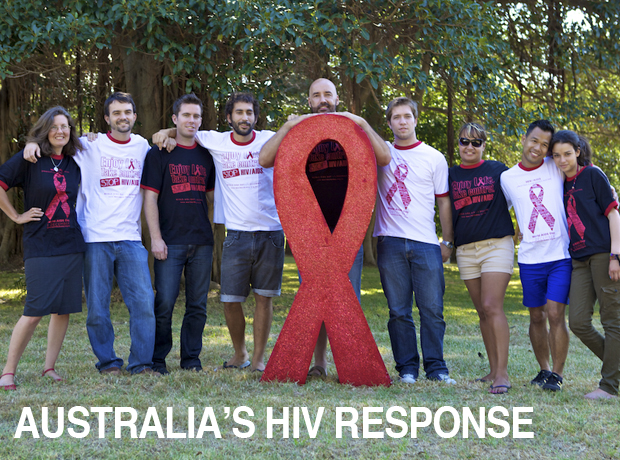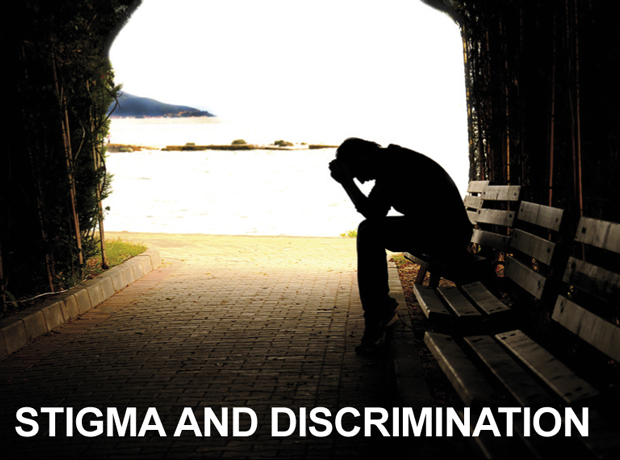HIV Media Guide
Information for journalists
Health care settings
Health care workers can be at risk of HIV (and other) infection as the result of handling sharp objects that might cut or puncture their skin while treating HIV-positive patients.
The level of risk relates to the transmissibility of the infection, the availability of a route of transmission, the susceptibility of exposed people, and the success of applied control measures including ‘standard precautions’.
Australian medical and associated staff are required to use standard precautions which include:
- careful handling and disposal of ‘sharps’ (items that could cause cuts or puncture wounds, including needles, hypodermic needles, scalpel and other blades, knives, infusion sets, saws, broken glass, and nails)
- hand-washing with soap and water before and after all procedures
- use of protective barriers such as gloves, gowns, aprons, masks and goggles when in direct contact with blood and other body fluids
- safe disposal of waste contaminated with blood or body fluids
- disinfection of instruments and other contaminated equipment
- proper handling of bedding and clothing stained with blood, diarrhoea or other body fluids.
The National HIV Testing Policy states that if a health care worker is occupationally exposed to blood or body fluids (e.g. through needlestick injury), HIV testing and post-exposure prophylaxis (PEP) should be offered. PEP refers to the prescription of a short course of antiretroviral drugs following exposure to HIV, to prevent infection.
See also: PEP
Patients can be at risk of HIV transmission from health professionals or health care workers during ‘exposure-prone procedures’, i.e., invasive surgical or dental procedures where there is a risk of the HIV-positive practitioner’s blood passing into the blood supply of the patient.
In general, health practitioners who perform exposure-prone procedures have a professional obligation to know their HIV status, and if HIV-positive not perform them.






